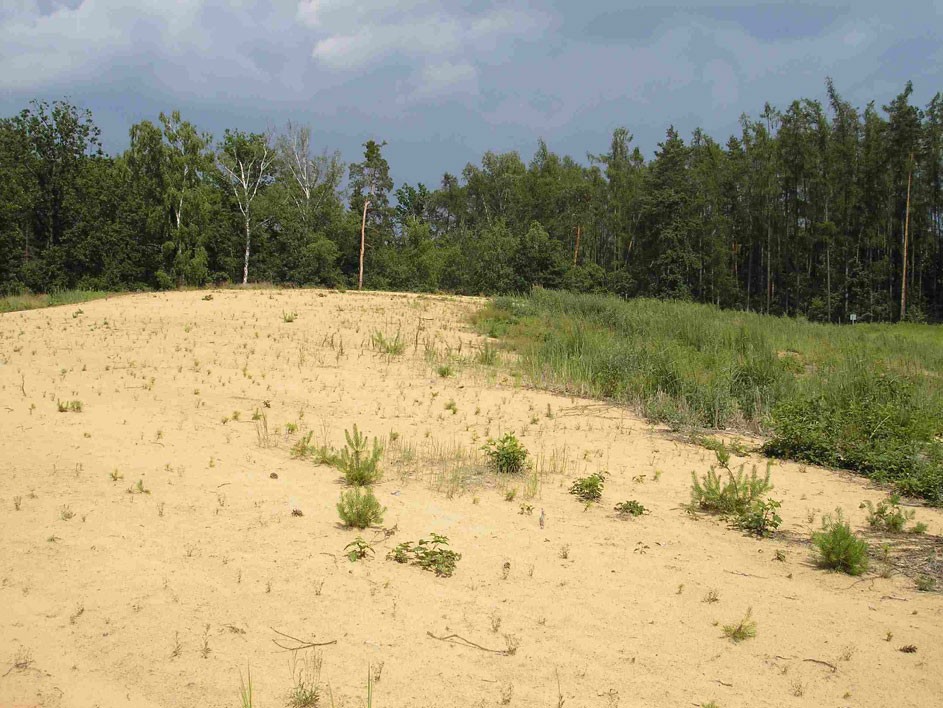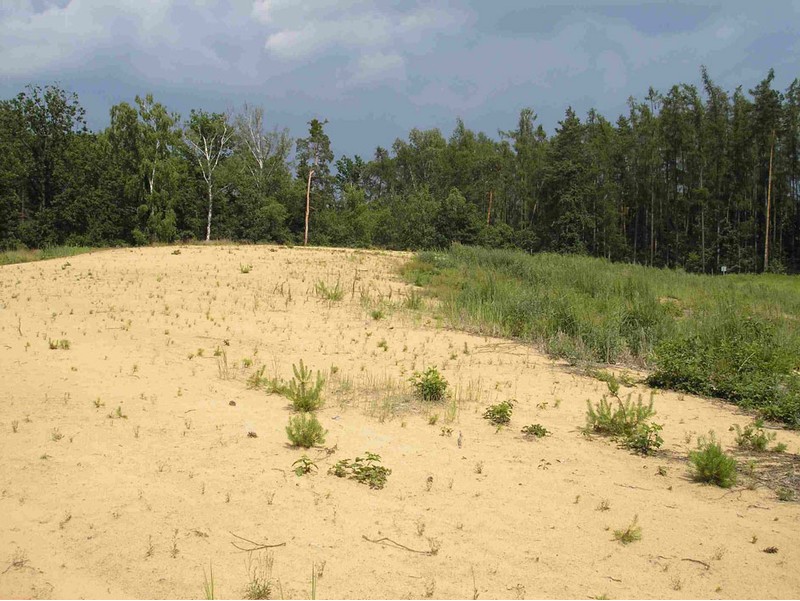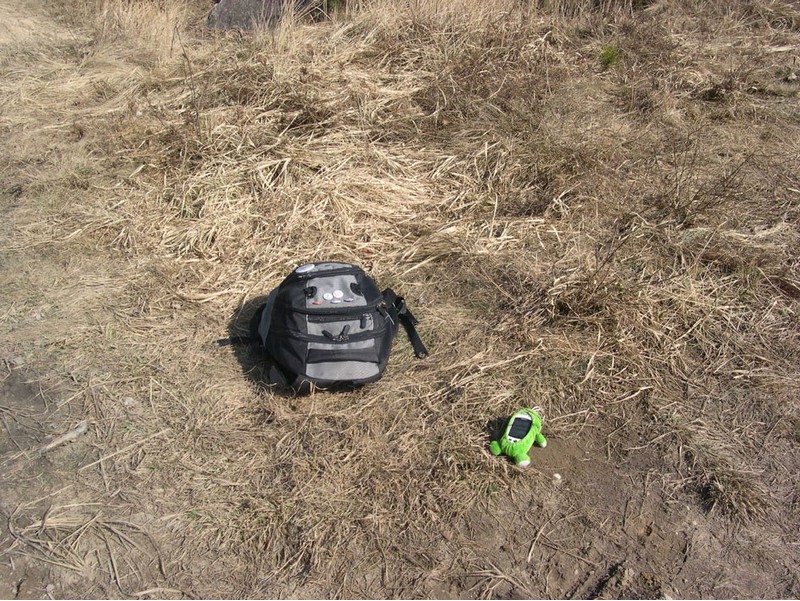Biology of bees and wasps of anthropogenic sites

Faculty of Science UHK
Project Description
The biology of anthropocene is a very popular scientific discipline nowadays, and the Aculeata is a very progressive group to be researched on anthropogenic sites. In the past several years, some species have returned to the fauna of the Czech Republic, and their vital populations have been discovered in anthropogenic habitats. Especially, the case of the regionally extinct digger wasp Bembix tarsata found in the 1990s in brown coal spoil heaps near the town of Most in north Bohemia can be considered as a striking example.

In the past years, we have studied multiple anthropogenic habitats. The research carried out on 50 sandpits in the Czech Republic has proved that these biotopes host a broad spectrum of the Aculeata that are dependent on early-succession stages with patches of bare sand. Some species prefer active quarrying, these include, for example, Andrena barbilabris. On the contrary, no species have shown affinity to the reclaimed sites. Populations of sandy habitat species are decreasing in central Europe, especially those aeolian drift sands specialized and those limited to sand dunes. Fly ash deposits, which seem to host a species diversity similar to that of sand dunes, could represent a possible replacement for this rare biotope. Very rare sand specialists, including species newly appearing in the Bohemian part of the Czech Republic, have been discovered on different fly ash deposits. However, reclamations destroy potentially valuable habitats of fly ash deposits, and, moreover, recent changes in the technology of fly ash deposition caused the fly ash is no longer deposited in a way that allows the formation of secondary strongholds for aculeates specialized for sandy habitats.

The survey carried out on forest wildfire sites in north Bohemia showed that various species and groups of the Aculeata can re-occupy the burned sites very quickly. The highest diversity of aculeate species appears within the period from three to five years after the fire before the site gets overgrown by pioneer trees. Some unique species have been recently recorded only in the above-mentioned locality, specifically on the burned sites researched near Jetřichovice. Other surveys have brought very similar results - bees and wasps prefer early succession stages and suffer from technical reclamations, which usually lead to the total destruction of the fauna of bees and wasps. We have studied roadside verges, motocross racetracks, claypits, kettle holes in arable fields, spoil heaps, and other anthropogenic sites. Further studies will continue in the next years.

Duration of the research period: Since 2011. Six papers have been published, several more are expected to be published in near future.
Published studies:
Heneberg P., Bogusch P., Řehounek J. 2013: Sandpits provide critical refuge for bees and wasps (Hymenoptera: Apocrita). Journal of Insect Conservation 17: 473-490.
Bogusch P., Blažej L., Trýzna M., Heneberg P. 2015: Forgotten role of fires in Central European forests: Critical importance of early post-fire successional stages for bees and wasps (Hymenoptera: Aculeata). European Journal of Forest Research 134: 154-166.
Hendrychová M., Bogusch P. 2016: Combination of reclaimed and unreclaimed sites is the best practice for protection of aculeate Hymenoptera species on brown coal spoil heaps. Journal of Insect Conservation 20: 807-820.
Heneberg P., Bogusch P., Řezáč M. 2016: Off-road motorcycle circuits support long-term persistence of bees and wasps (Hymenoptera: Aculeata) of open landscape at newly formed refugia within otherwise afforested temperate landscape. Ecological Engineering 93: 187-198.
Řehounková K., Čížek L., Řehounek J., Šebelíková L., Tropek R., Lencová K., Bogusch P., Marhoul P., Máca J. 2016: Additional disturbances as a beneficial tool for restoration of post-mining sites: a multi-taxa approach. Environmental Science and Pollution Research 23: 13745-13753.
Heneberg P., Bogusch P., Řezáč M. 2017: Roadside verges can support spontaneous establishment of steppe-like habitats hosting diverse assemblages of bees and wasps (Hymenoptera: Aculeata) in an intensively cultivated central European landscape. Biodiversity and Conservation 26: 843-864.
Heneberg P., Bogusch P., Řezáč M. 2018: Numerous drift sand “specialists” among bees and wasps (Hymenoptera: Aculeata) nest in wetlands that spontaneously form de novo in arable fields. Ecological Engineering 117(1):133-139.
Heneberg P., Bogusch P., Řezáč M. 2019: Tiny fragments of acidophilous steppic grasslands serve as yet unknown habitats of endangered aeolian sand specialists among Aculeata (Hymenoptera). Biodiversity and Conservation 28(1):183-195.
Heneberg P., Bogusch P. 2020: Identification of a previously overlooked anthropogenic habitat that attracts diverse assemblages of threatened bees and wasps. Ecological Engineering 147(1):105759.
Project supervisor
Section navigation: Topics

